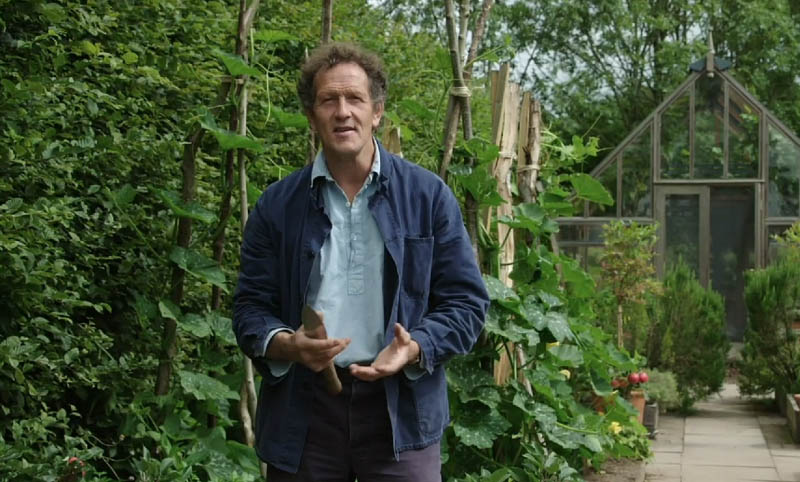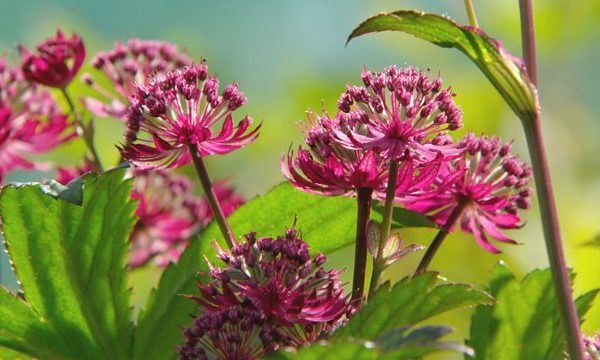As Monty starts to bring in the tastiest of the summer harvest, he is planning for the months ahead as he gives advice on what to sow now to keep the crops coming up to the end of autumn. He also plans for next spring when he gives tips on saving money by propagating perennials.
Carol Klein visits a lady who is losing her eyesight and helps her organise her confused borders and give her recommendations of plants which will be a feast for her senses. Joe Swift takes a close look of the design of a contemporary country garden and Nick Bailey travels to an Essex village to meet a bunch of enthusiastic villagers who are using their gardens to help in the revival and preservation of the historic Pemberton roses.
Arit Anderson meets a gardener who is looking to the future in the design and planting of his extraordinary garden, and we pay a second visit to Wales to catch up with Shaish Alam to find out how his crops have been faring in his newly planted field.
Gardeners World episode 21 2017:
1. Remove the lower leaves of tomatoes
Tomatoes benefit from having their lower leaves removed once the fruit trusses have developed. This helps to ripen the fruit and improve ventilation around the plants.
2. Sow parsley
There are two types of parsley, flat and curly. It’s a hardy biennial and if sown now, will survive the winter and yield a good crop of leaves next year. It is slow to germinate, so don’t lose heart if the seedlings take several weeks to appear.
3. Prune gooseberries & redcurrants
Although gooseberries and redcurrants do best in a sunny site, they’ll also thrive in the shade. To keep them nice and compact, it’s worth pruning them after they’ve fruited as they crop on old wood.

4. How to grow turnips
Turnips grow best in cool, moisture-retentive soils and should be kept well watered before the onset of dry weather to stop them running to seed. Sow early varieties little and often for a constant harvest from spring until autumn. They mature in 6-10 weeks so may also be used as a catch crop or intercropped.




